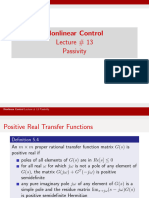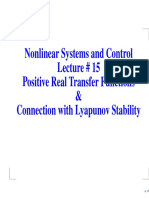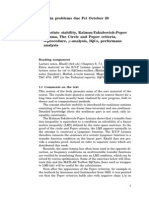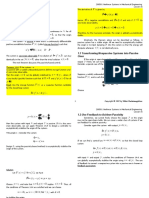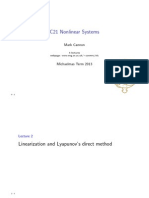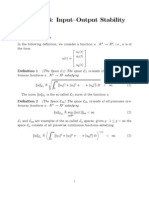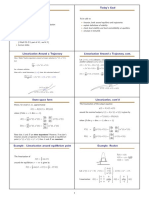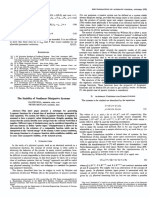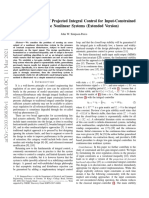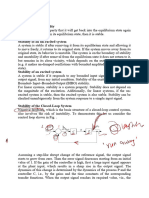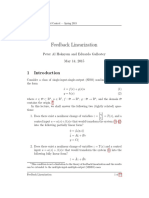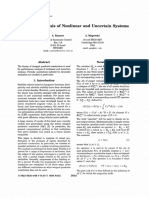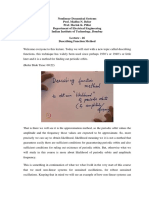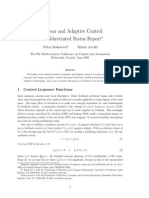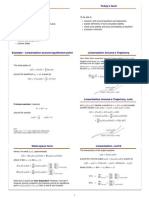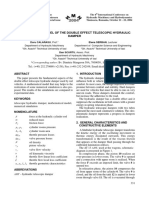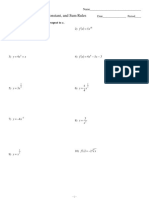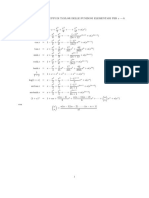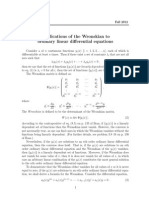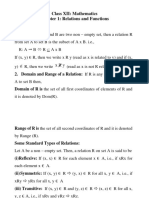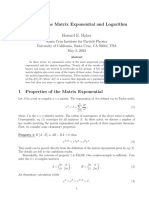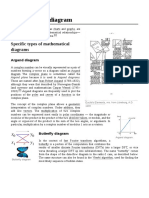0% found this document useful (0 votes)
125 views34 pagesNonlinear Control Lecture # 6 Passivity and Input-Output Stability
This document provides a summary of the key concepts from Lecture 6 on passivity and input-output stability for nonlinear control systems. Some of the main topics covered include: definitions of passivity for memoryless functions and state models using a storage function; sector nonlinearity bounds; positive real transfer functions and their connection to passivity; and L-stability of input-output models. Passivity properties are related to stability - if a system is passive or strictly passive, then the unforced system is (asymptotically) stable. The document includes several examples illustrating these passivity concepts.
Uploaded by
Fawaz PartoCopyright
© © All Rights Reserved
We take content rights seriously. If you suspect this is your content, claim it here.
Available Formats
Download as PDF, TXT or read online on Scribd
0% found this document useful (0 votes)
125 views34 pagesNonlinear Control Lecture # 6 Passivity and Input-Output Stability
This document provides a summary of the key concepts from Lecture 6 on passivity and input-output stability for nonlinear control systems. Some of the main topics covered include: definitions of passivity for memoryless functions and state models using a storage function; sector nonlinearity bounds; positive real transfer functions and their connection to passivity; and L-stability of input-output models. Passivity properties are related to stability - if a system is passive or strictly passive, then the unforced system is (asymptotically) stable. The document includes several examples illustrating these passivity concepts.
Uploaded by
Fawaz PartoCopyright
© © All Rights Reserved
We take content rights seriously. If you suspect this is your content, claim it here.
Available Formats
Download as PDF, TXT or read online on Scribd
/ 34
